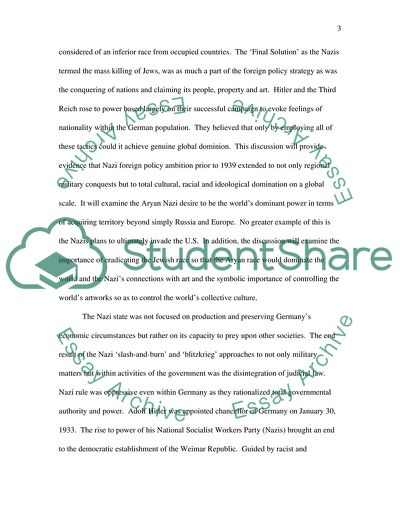Cite this document
(Nazi Foreign Policy Ambition Coursework Example | Topics and Well Written Essays - 3500 words, n.d.)
Nazi Foreign Policy Ambition Coursework Example | Topics and Well Written Essays - 3500 words. https://studentshare.org/history/1706427-a-global-dominion-does-this-phrase-accurately-reflect-the-extent-of-nazi-ambitions-in-foreign-policy-before-1939
Nazi Foreign Policy Ambition Coursework Example | Topics and Well Written Essays - 3500 words. https://studentshare.org/history/1706427-a-global-dominion-does-this-phrase-accurately-reflect-the-extent-of-nazi-ambitions-in-foreign-policy-before-1939
(Nazi Foreign Policy Ambition Coursework Example | Topics and Well Written Essays - 3500 Words)
Nazi Foreign Policy Ambition Coursework Example | Topics and Well Written Essays - 3500 Words. https://studentshare.org/history/1706427-a-global-dominion-does-this-phrase-accurately-reflect-the-extent-of-nazi-ambitions-in-foreign-policy-before-1939.
Nazi Foreign Policy Ambition Coursework Example | Topics and Well Written Essays - 3500 Words. https://studentshare.org/history/1706427-a-global-dominion-does-this-phrase-accurately-reflect-the-extent-of-nazi-ambitions-in-foreign-policy-before-1939.
“Nazi Foreign Policy Ambition Coursework Example | Topics and Well Written Essays - 3500 Words”. https://studentshare.org/history/1706427-a-global-dominion-does-this-phrase-accurately-reflect-the-extent-of-nazi-ambitions-in-foreign-policy-before-1939.


